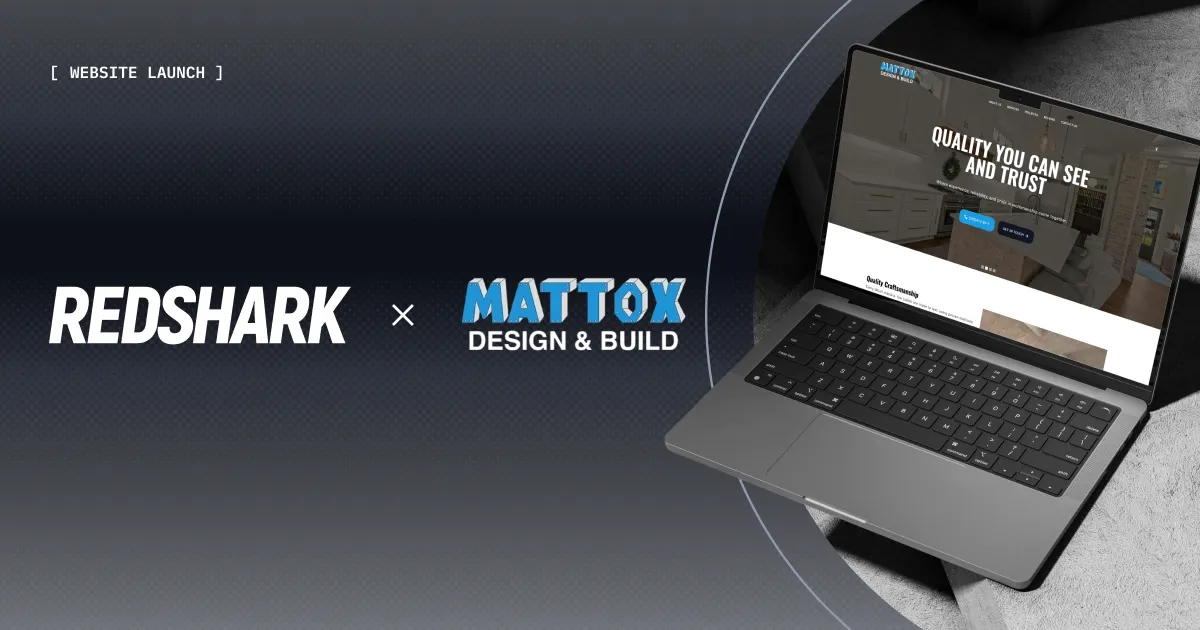
The Bare Necessities: A Guide to UX Research
The Bare Necessities: A Guide to UX Research
Featured & Recent Articles
The Bare Necessities: A Guide to UX Research

When creating a new product, it’s essential to know and understand your target market. By understanding your key customers' needs you can effectively market your product to them to increase sales. One way to get a better insight into this information is to implement the tool User Research.
Qualitative Research
User Research is made up of two parts, qualitative and quantitative data. Qualitative is primarily exploratory research that helps establish the customers' motivations. This type of research is useful for establishing ideas that can be built and tested using quantitative methods. Qualitative research methods include holding interviews, contextual inquiries, and card sorting. These methods are largely unstructured and are more about gaining insights than being more in-depth. Qualitative research also often has smaller sample sizes and requires more hands-on facilitation. When researching for qualitative data it is important to remember to select your research participants carefully. This type of research can provide powerful insights if the right types of people are tested. This includes testing your target demographic.
Quantitative Research
Unlike qualitative research, quantitative research is largely structured and more measurable when testing your ideas and theories. Quantitative takes the data gained from qualitative research and turns it into testable theories that provide more efficient results. Popular quantitative methods are the use of surveys and questionnaires, analytics, and A/B testing. Surveys and questionnaires are a good tool for gathering high volumes of opinions. Surveys can often be difficult due to lack of interaction between tester and testee. A key tool of survey testing is to try and motivate as many users as possible to participate. Tools such as Google Analytics can provide you useful quantitative research that is easy to interpret and understand.
Understanding Your User
As mentioned earlier, user research is an essential part of the product lifecycle, this is even more important if your product has a user-centered design. You won’t be able to create a memorable user experience if you don’t understand your customers in the first place. Before embarking on the design process you should always ask yourself the questions of what do your users want to get done? What are they trying to achieve? User research should always be implemented at the beginning of the project, this will help define the scope of the project and its goals.
It’s important to focus on the users needs first, research can save you more time than just going off of your initial assumptions. An ideal approach towards the design process is to start with research, design the product, develop and build a prototype, and then test the product. Through implementing this process and testing, you can gain valuable customer insight and find out everything a customer likes and dislikes about your product. You are then able to make revisions until you have the perfect product.
Understanding the customers' needs and motivations can be difficult and time-consuming. User Research is also always changing and evolving to include new trends and methods. When developing your product, you should constantly be researching to incorporate new trends. At Red Shark Digital, we are highly experienced in researching target markets and understanding customers. As a Google Partner, we can provide you with key analytics tools and provide you with meaningful results. Through our successful research methods, we can help you grow your business, give us a call or get a quote, today!













.png)




.png)
.jpg)





